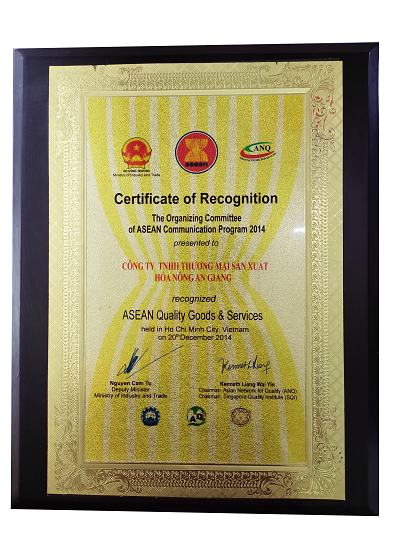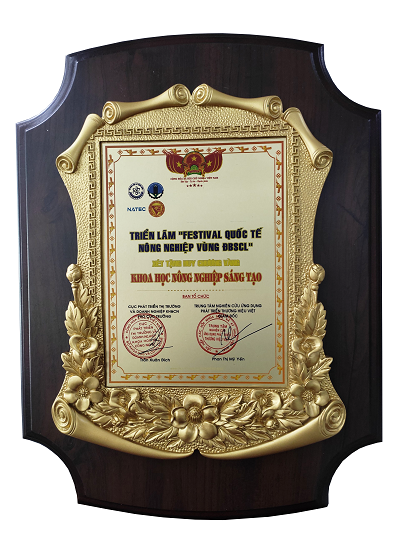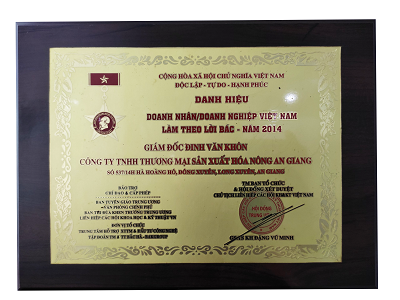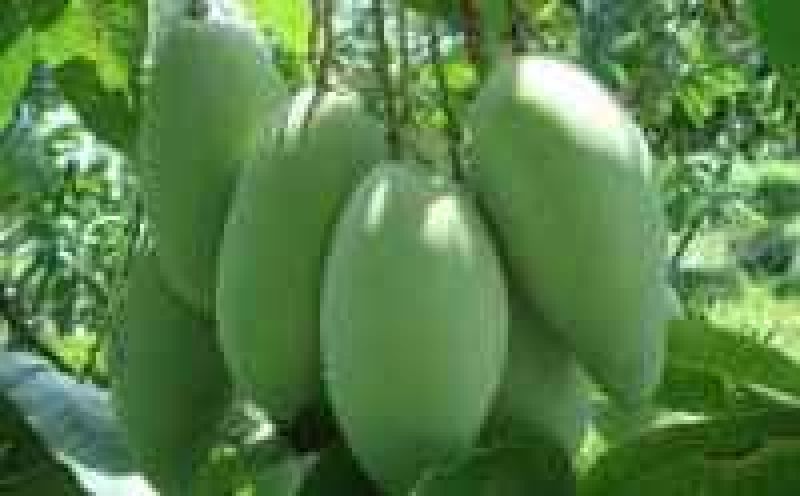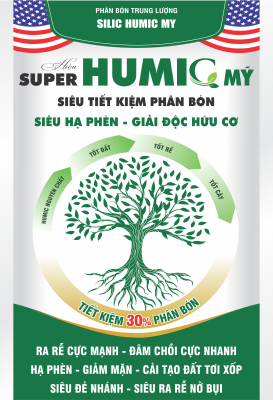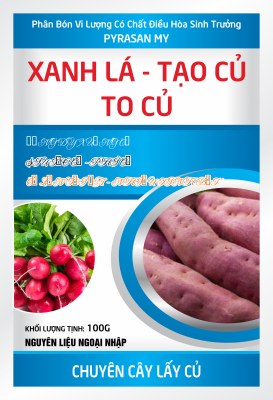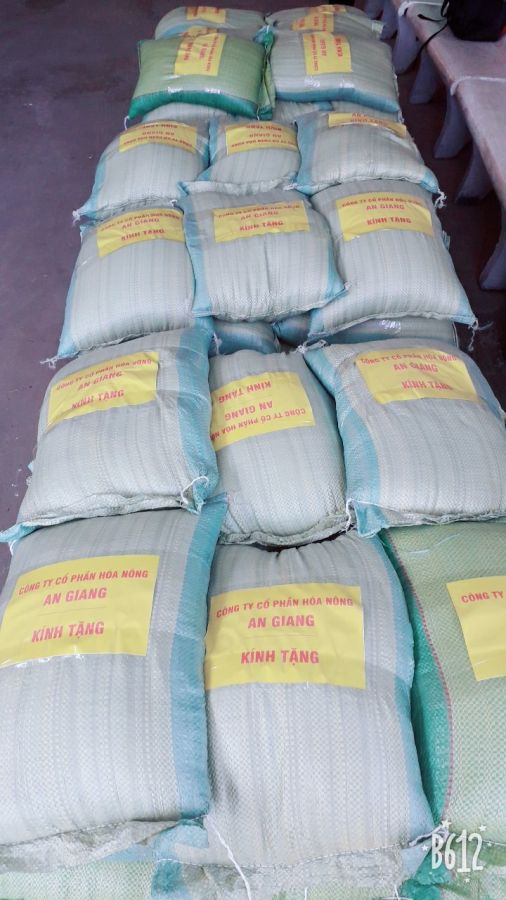ESSENTIAL ROLE OF PHOSPHORUS IN PLANTS
Phosphorus is an essential nutrient, both as a part of several key plant structure compounds and as a catalysis in the conversion of numerous key biochemical reactions in plants. Phosphorus is noted especially for its role in capturing and converting the sun’s energy into useful plant compounds.
Phosphorus is a vital component of:
- DNA, the genetic “memory unit” of all living things. It is also a component of RNA, the compound that reads the DNA genetic code to build proteins and other compounds essential for plant structure, seed yield and genetic transfer. The structures of both DNA and RNA are linked together by phosphorus bonds.
- ATP, the “energy unit” of plants. ATP forms during photosynthesis, has phosphorus in its structure, and processes from the beginning of seedling growth through to the formation of grain and maturity.
Thus, phosphorus is essential for the general health and vigor of all plants. Some specific growth factors associated with phosphorus are:
- Stimulated root development
- Increased stalk and stem strength
- Improved flower formation and seed production
- More uniform and earlier crop maturity
- Increased nitrogen N-fixing capacity of legumes
- Improvements in crop quality
- Increased resistance to plant diseases
- Supports development throughout entire lifecycle
Read more about why plants need phosphorus in “All About Phosphorus.”
PHOSPHORUS DEFICIENCY IN PLANTS
Phosphorus dèiciency is more difficult to diagnose than that of nitrogen or potassium.
Crops usually display no obvious symptoms od phosphorus deficiency other than a general stunting of the plant during early growth. By the time a visual deficiency is recognized, it may be too late to correct in annual crops.
Some crops, such as cron, tend to show an abnormal discoloration when phosphorus is deficient. The plants are usually dark bluish-green in color with leaves and stem becoming purplish.
The degree of purple is influenced by the genetic makeup of the plant, with some hynrids showing much greater discoloration than others. The purplish color is due to accumulation of sugars that favors the synthesis of anthocyanin (a purplish-colored pigment), which occurs in the leaves of the plant.
Phosphorus is highly mobile in plants and, when deficient, it may be translocated from old plant tissue to young, actively growing areas. Consequently, early vegetative responses to phosphorus are often observed. As a plant matures, phosphorus is translocated into the fruiting areas of the plant, where high-energy requirements are needed fro the formation of seeds and fruit.
Phosphorus deficiencies late in the growing season affect both seed development and normal crop maturity. The percentage of the total amount of each nutrient taken up is higher for phosphorus late in the growing season than for either nitrogen or potassium.
The level of moisture in the soil at the time of application has a significant effect on how much P is available to the palnt during the season.
Symptoms in corn
The photo displays a P deficient corn palnt. Older leaves are affected before younger ones because of the redistribution of P in the palnt. Corn may display a purple or reddish color on the lower leaves and stems. This condition is associated with accumlation of sugars in P-deficient plants, especially during times of low temperature.
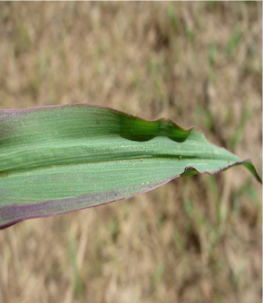
All photos are provided courtesy if the international palnt nutrition institute (IPNI) and its crop nutrient deficiency image collection. The photos above are sample of a greater collection, which provides a comprehensive sampling of hundreds of classic cases of crop deficiency form research plots and farm fieds located around the world. For access to the full collection, you can visit IPNI's website.
PHOSPHORUS IN SOILS
The total phosphorus content of most surface soils is low, averaging only 0.6% phosphorus. This compates to an averge soil content of 0.14% nitrogen and 0.83% potassium.
The phosphorus content of soils is quite variable, ranging from less than 0.04% P2O5 in the sandy soils of the Atlantic and Gulf coastal plains to more than 0.3% in soils of the northwestern United States.
Many factors influence the content of soil phosphorus:
- Type of parent material from whch the soil is derived
- Degree of weathering and erosion
- Climatic conditions
- Crop removal and fertilization
Organic phosphorus
Organic phosphorus is found in plant residues, manures and microbial tissues. Soils low in organic matter may contain only 3% of their total phosphorus in the organic form, but high-organic-matter soils may contain 50% or more of their total phosphorus content in the organic form.
Inorganic phosphorus
Inorganic forms of soil phosphorus consist of apatite (the original source of all phosphorus), complexes of iron and aluminum phosphates, and phosphorus absorbed onto clay particles.
The solubility of these phosphorus compounds as well as organic phosphorus is extremely low, and only very small amounts of soil phosphorus are in solution at any one time. Most soils contain less than 1 pound per acre of soluble phosphorus, with some soils containing considerably less.
Through adequate phosphorus fertilization and good crop/soil management, soil solution phosphorus can be replaced rapidly enough for optimum crop production.
Soil phosphorus availability
Soluble phosphorus, either from fertilizer or natural weathering, reacts with clay, iron and aluminum compounds in the soil, and is converted readily to less available forms by the process of phosphorus fixation.
Because of these fixation processes:
Phosphorus moves very little in most soils (less than an inch)
Phosphorus stays close to its place of origin
Cops seldom absorb more than 20 percent of fertilizer phosphorus during the first cropping season after application.
As a result, little soil phosphorus is lost by leaching. This fixed, residual phosphorus remains in the rooting zone and will be slowly available to succeeding crops. Soil erosion and crop removal are the significant ways soil phosphorus is lost.
FACTORS OF PHOSPHORUS AVAILABILITY
Soil pH
Precipitation of phosphorus as slightly soluble calcium phosphates occurs in calcareous soils with pH values around 8.0. Under acid conditions, phosphorus is precipitated as Fe or Al phosphates of low solubility. Maximum availability of phosphorus generally occurs in a pH range of 6.0 to 7.0.
This is one of the beneficial effects of liming acid soils. Maintaining a soil pH in this range also favors the presence of H2PO4- ions, which are more readily absorbed by the plant than HPO4+ ions, which occir at pH values above 7.0.
Balanced crop nutrition
Adequate supplies of other plant nutrients tend to increase the absorption of phosphorus from the soil:
Application of ammonium forms of nitrogen with phosphorus increases phosphorus uptake from a fertilizer as compared to applying the phosphorus fertilizer alone or applying the nitrogen and phosphorus fertilizers separately.
Application of sulfur often increasen the available phosphorus for plant growth. In addition to supplying phosphorus, organic matter also acts as a chelating agent and combines with iron, thereby preventing the formation of insoluble iron phosphates.
Organic matter
Soils high in organic matter contain considerable amounts of organic phosphorus that are mineralized (similar to organic nitrogen), and provide available phosphorus for plant growth. In addition to supplying phosphorus, organic matter also acts as a chelating agent and combines with iron, thereby preventing the formation of insoluble iron phosphates.
Heavy applications of organic materials sush á manure, plant residues or green manure crops to soil with high pH values not only supply phosphorus, but upon decomposition, provide acidic compuonds, which increase the availability of mineral forms of phosphorus in the soil.
Type of clay
Clay particles tend to retain or fix phosphorus in soils. Consequently, fine-textured soils such as clay loam soils have a greater phosphorus-fixing capacity than sandy, coarse-textured soils. Clays of the 1:1-type (kaolinite) have a greater phosphorus-fixing capacity than the 2:1-type clays (montmorillonite, illite, vermiculite).
Soils formed under high rainfall and high temperatures contain large amounts of kaolinitic clays, and therefore have a much greater fixing capacity for phosphorus than soils containing the 2:1 -type clay. High temperatures and high rainfall also increase the amount of iron and aluminum oxides in the soil, which contributes greatly to the fixation of phosphorus added to these soils.
Application timing
Fixation of soil phosphorus increases with time of contact between soluble phosphorus and soil particles. Consequently, more efficient utilization of fertilizer phosphorus is generally obtained by applying the fertilizer shortly before planting the crop. This practice is especially effective on soils with high phosphorus-fixing capacities.
On coátal plain areas, fertilizers may be applied several months before planting with little or no decrease in availability of the fertilizer phosphorus to the crop. Banding of fertilizer for now crops is also much more likely to increase the efficiency of fertilizer phosphorus-fixing capacity.
Soil temperature, aeration, moisture and compaction
Fixation of soil phosphorus increases with time of contact between soluble phosphorus and soil particles. Consequently, more efficient utilization of fertilizer phosphorus is generally obtained by applying the fertilizer shortly before planting the crop. This practice is especially effective on soils with high phosphorus-fixing capacities.
Copaction reduces earetion and pore space in the root zone. This reduces phosphorus uptake and palnt growing. Compaction also decreases the soil volume that plant roots penetrate, limiting their total access to soil phosphorus.
Soil test phosphorus levels
Crop responses to fertilizer phosphorus will be greater and occur more frequently on soils testing low in phosphorus than on high-testing soils. However, yields on soils with high P soil test levels usually are higher. The response to phosphorus fertilizer on high-testing soils is increasing, and it is important to maintain high soil phosphorus levels to support optimum crop production.
PHOSPHORUS PLACEMENT
If a grower is looking for maximum return from high phosphorus investment on low-testing soils, abnd application is best. Where conservation tillage is practiced, combinations of band and broadcase applications of phosphorus supply for developing seedings and a nutrient reserve later in the growing season, when phosphorus demands remain strong.
Advantages of broadcast and plow - down phosphorus applications
High rates can be applied without injuring the plant
Nutrient distribution throughout the root zone encourages deeper rooting, while band placement causes root concentration around the band
Deeper rooting permits more root-soil contact, providing a larger reservoir of moisture and nutrients
Practical way to apply fertilizer to forages
Helps ensure full-feed fertility to help the crop take full advantage of favorable growth conditions throughout the growing season
Dual application of anhydrous ammonia and ammonium polyphosphates at seeding of wheat has been found to be superior to broadcast or band applications of ammonium polyphosphates.
Placement directly under the drill row (band seeding) for forage crops has proven superior to broadcast or side placement.
Adapter from "The Eficient Fertilizer Use Manual," Phosphorus chapter by Dr.Bill Griffith.
NƠI MUA CÁC SẢN PHẨM PHỤC VỤ NÔNG NGHIỆP:
CÔNG TY CỔ PHẦN XUẤT NHẬP KHẨU PHÂN BÓN QUỐC TẾ ASIA
VPĐD: Tầng 14, Tòa Nhà HM Town, 412 Nguyễn Thị Minh Khai, Phường 05, Quận 3, TP Hồ Chí Minh
Điện thoại: (02963) 63 66 99 hoặc 0838 22 99 77.










